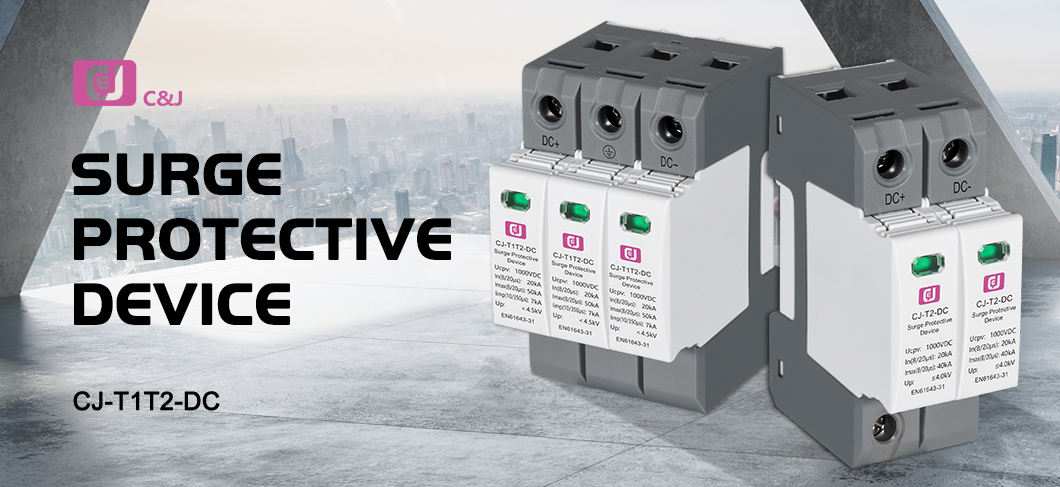SPD Surge Protector: Protect Your Electrical System
In today’s digital age, reliance on electronics and sensitive electrical equipment is more common than ever. As the number of surges and electrical disturbances increases, the need for effective surge protection has become a critical issue for residential and commercial properties. This is where SPDs (Surge Protection Devices) come into play, providing a reliable solution to protect electrical systems from potential damage caused by power surges.
SPDs, also known as surge protectors or surge suppressors, are devices designed to protect electrical equipment from voltage spikes and transient surges. These surges can occur for a variety of reasons, such as lightning strikes, power outages, or electrical load switching. Without proper protection, these surges can cause irreversible damage to sensitive electronic equipment, resulting in expensive repairs or replacements.
The primary function of an SPD surge protector is to divert excess voltage away from connected equipment and safely dissipate it to ground. By doing this, surge protectors prevent excessive voltage from reaching and damaging connected devices. This not only ensures the longevity of the equipment but also minimizes the risk of fires associated with power surges.
SPD surge protectors are available in a variety of configurations to meet different applications and voltage requirements. They can be installed at various locations within the electrical system, including main switchboards, branch panels and individual equipment. This flexibility provides comprehensive protection for the entire electrical infrastructure, ensuring all critical equipment is protected from potential power surges.
In addition to protecting against external surges, SPDs also protect against internal surges generated within the electrical system. These internal surges may be caused by switching of inductive loads, motor starting, or other internal factors. By installing SPDs at strategic points within the grid, these internal surges can be effectively mitigated, further improving the overall reliability of the system.
When selecting an SPD surge protector, factors such as maximum continuous operating voltage, surge current capacity and response time must be considered. These parameters determine how effective a surge protector is at handling transient surges and keeping connected devices safe. Additionally, compliance with industry standards and certifications such as UL 1449 and IEC 61643 is critical to ensuring SPD reliability and performance.
In summary, SPD surge protectors play a vital role in protecting electrical systems from the damaging effects of surges. By providing a reliable, effective means of surge protection, SPDs help ensure uninterrupted operation of electronic equipment and minimize the risk of costly downtime and repairs. Whether it is a residential, commercial or industrial application, investing in a quality SPD surge protector is a proactive step in protecting valuable electrical assets and maintaining power system reliability.
Post time: Aug-02-2024


